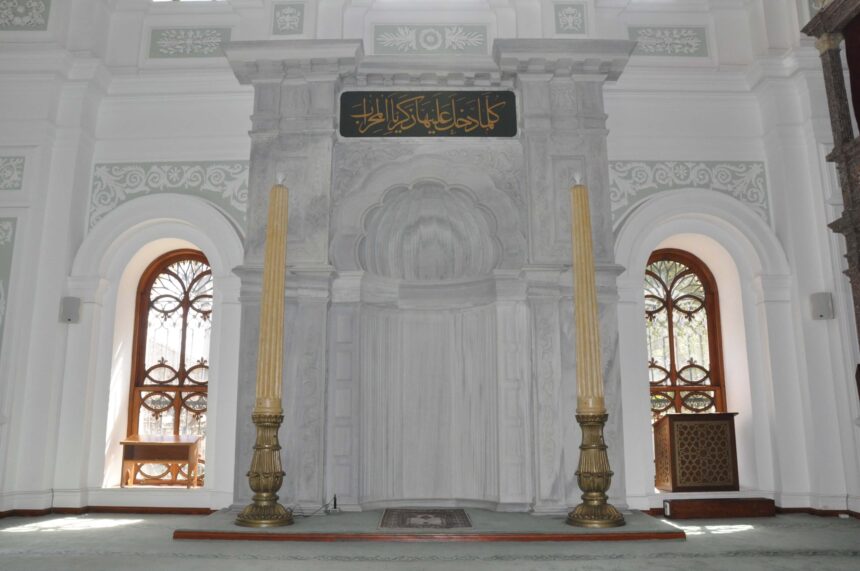by Artemis Papatheodorou
What makes a Christian architect design a mosque? Conversely, what makes a Muslim leader commission the design of a mosque – and a landmark one as such – to a Christian architect?
In late Ottoman Constantinople, there was a number of mosques that were designed by Ottoman Christians, many of them by members of the famous Armenian family of architects, the Balyan. On the sea-side road that connects the Dolmabahçe Palace to the Ҫirağan Palace along the Bosporus there are two such mosques designed by a member of the Balyan family. In between these, up the slope, a third one by Ottoman Greek, state architect Nikolaos Tzelepopoulos completes the trilogy. Let’s have a better look at these three ‘alternative’ mosques designed by Christians.
The Little Mecidiye Mosque
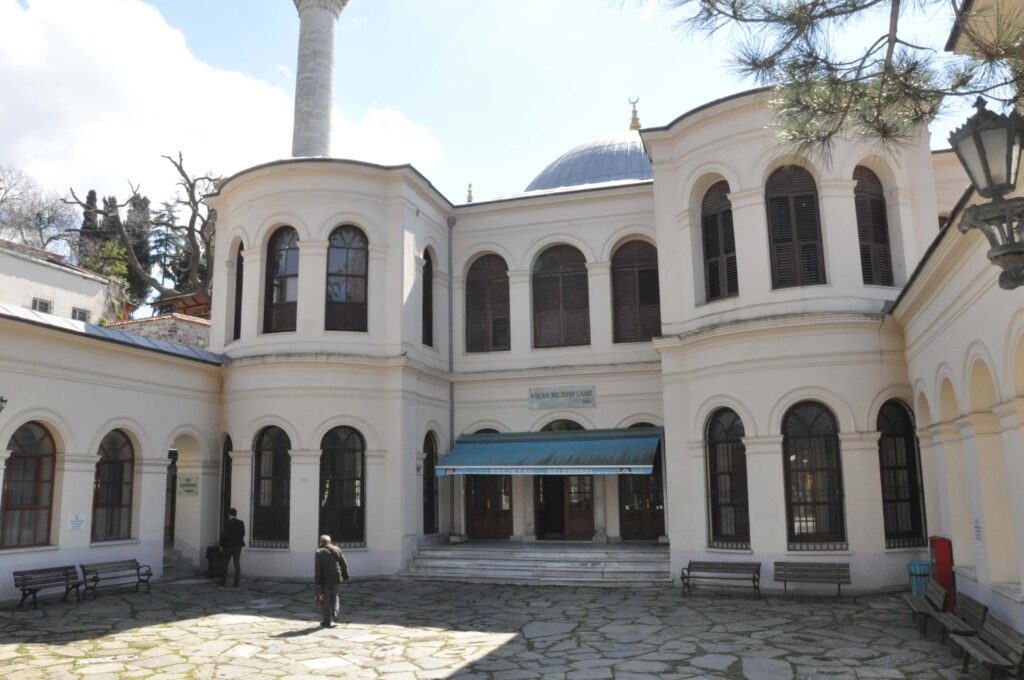
A small mosque may draw your attention just at the entrance of the serene Yıldız Park, across the street from the long walls of Ҫirağan Palace. This is no other than the Little Mecidiye Mosque. Commissioned by Sultan Abdülmecid, it was designed by Garabed Amira Balyan, and opened its doors to the followers of Prophet Mohammad in 1848. Its rather plain façade will not have you prepared for a beautifully ornated interior with its combination of rococo and empire style decorative elements.
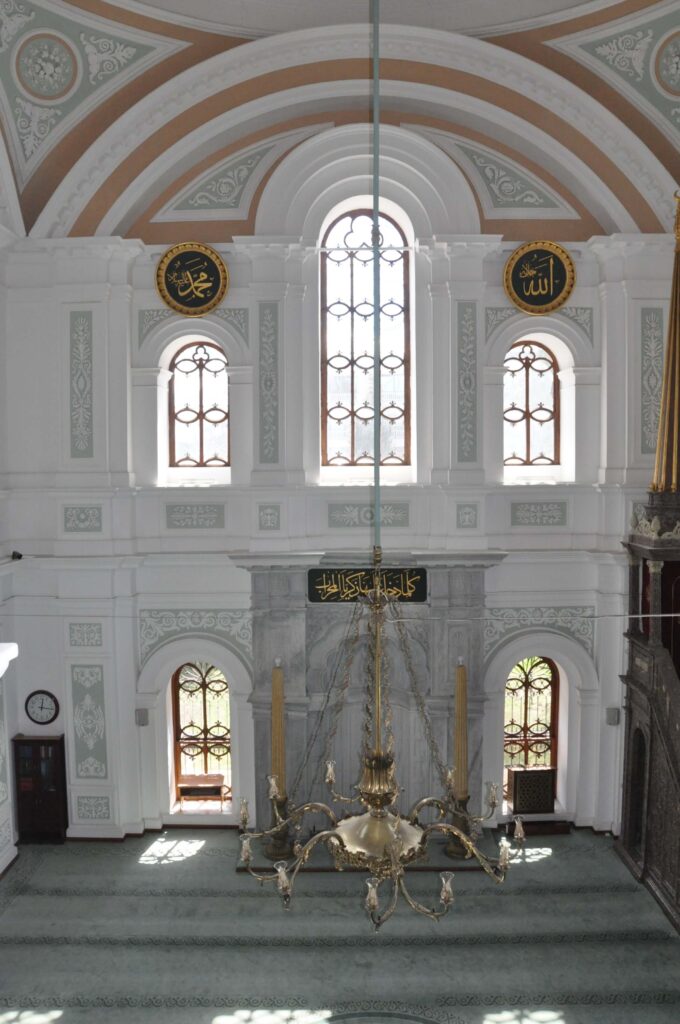
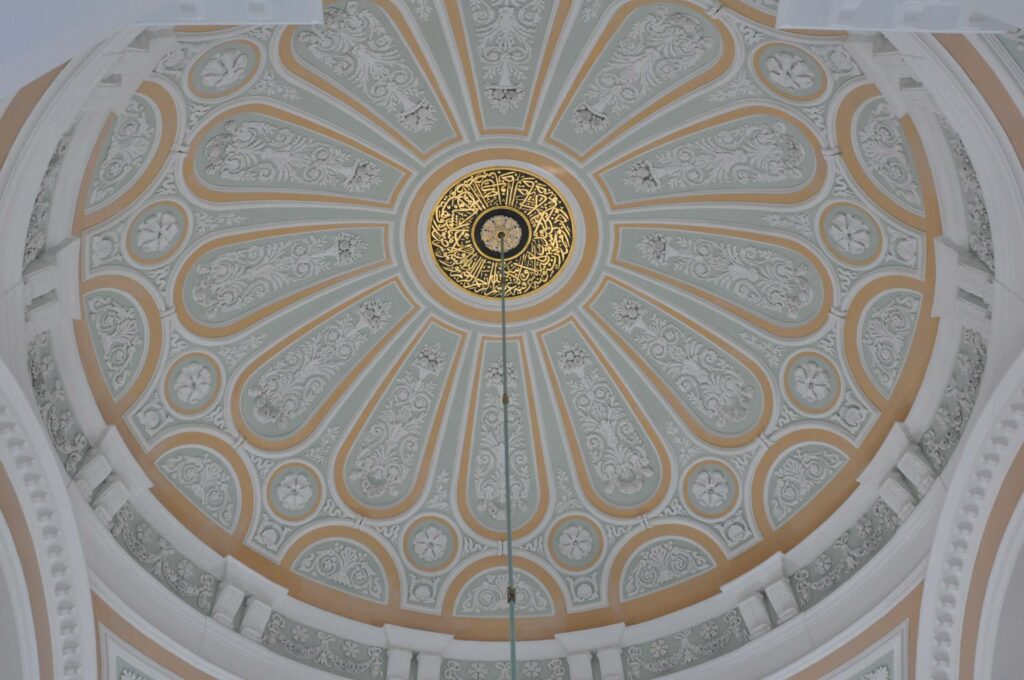
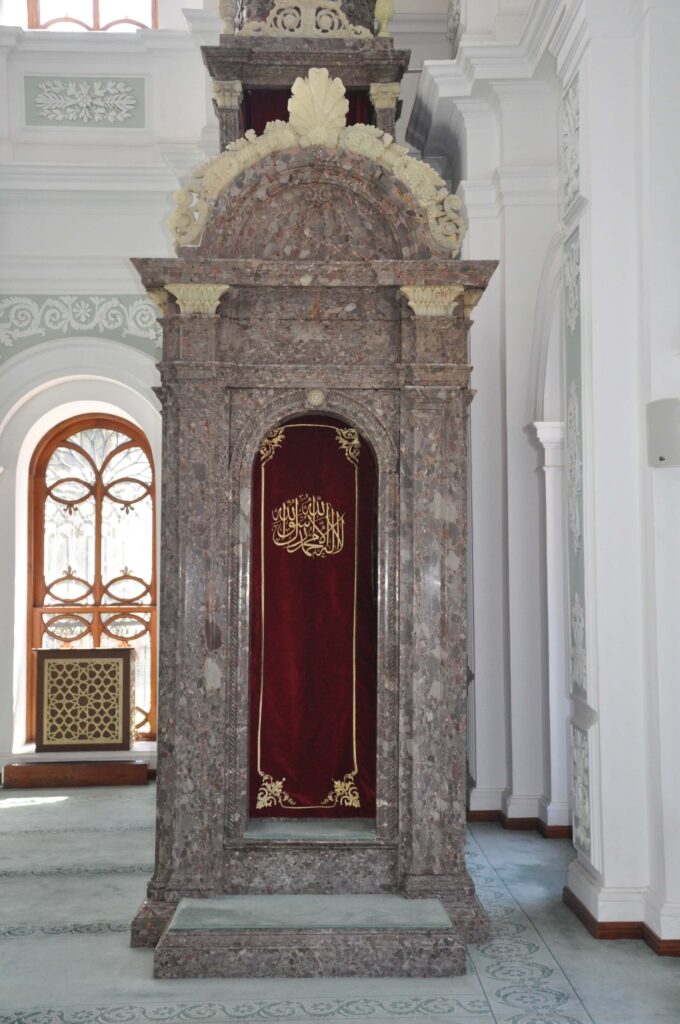
A single minaret casts its eclectic shadow on the small courtyard where a friendly cat will certainly be there to greet you.
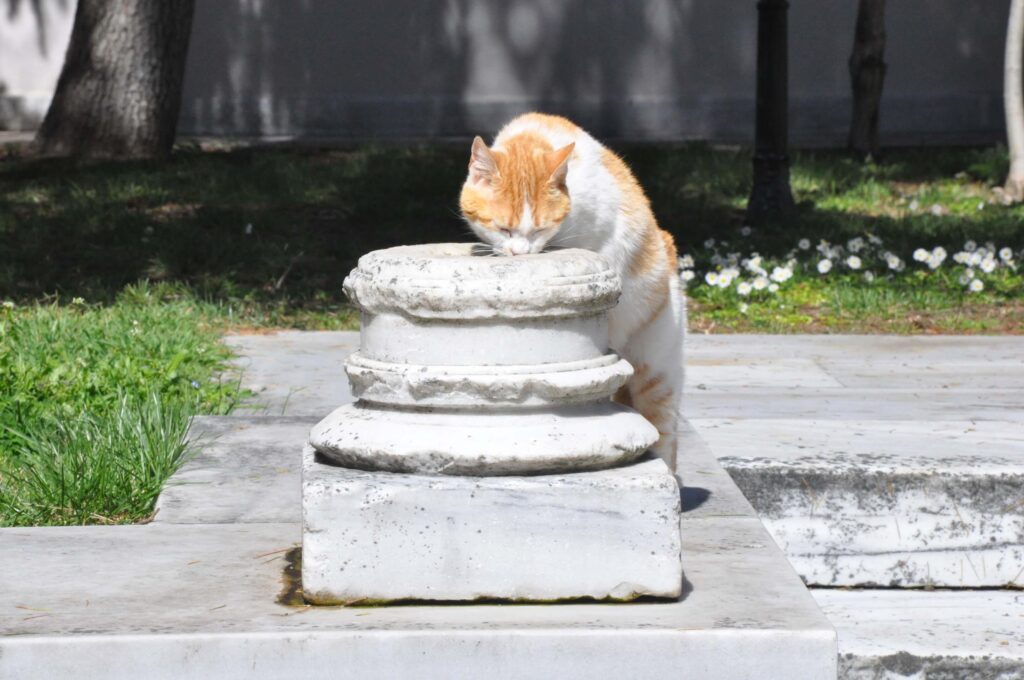
The Dolmabahçe Mosque
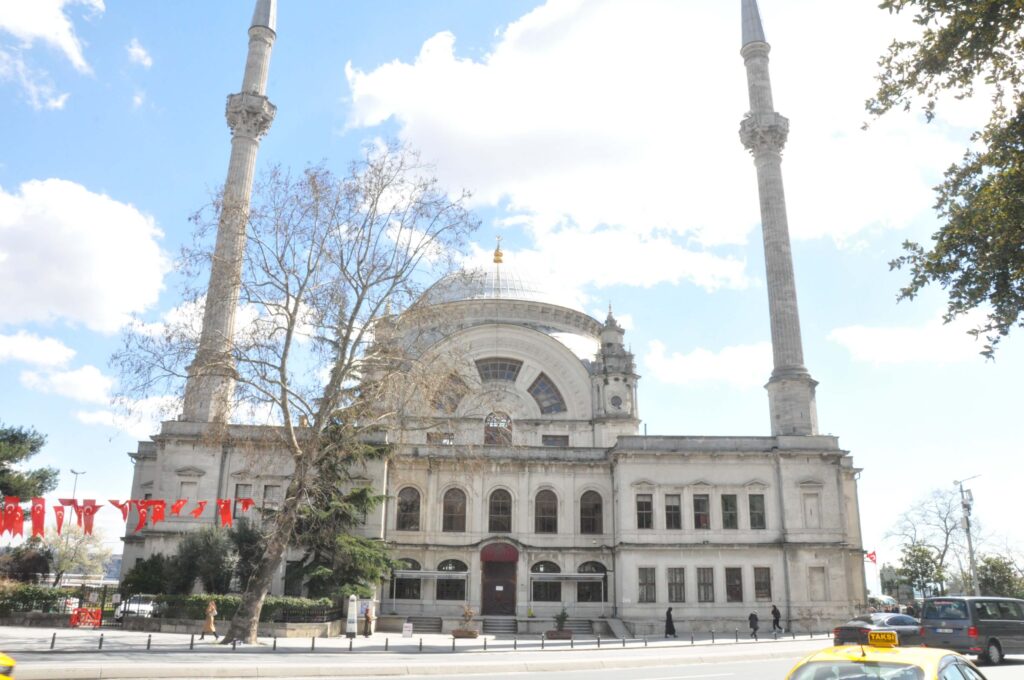
This is not the only mosque that Garabed Balyan designed. A few hundred metres up the street, next to the Dolmabahçe Palace, there stands the Bezmialem Valide Sultan Mosque, better known as the Dolmabahçe Mosque. It was initially commissioned by Bezmialem Valide Sultan but was completed after her death, by her son, Sultan Abdülmecid, in 1853. The muezzin first called the faithful to prayer there on a Friday in 1855. The Dolmabahçe Mosque combines baroque, rococo, and empire style decorative elements together with localized ones. Its two minarets flank its façade.
The Hamidiye Mosque
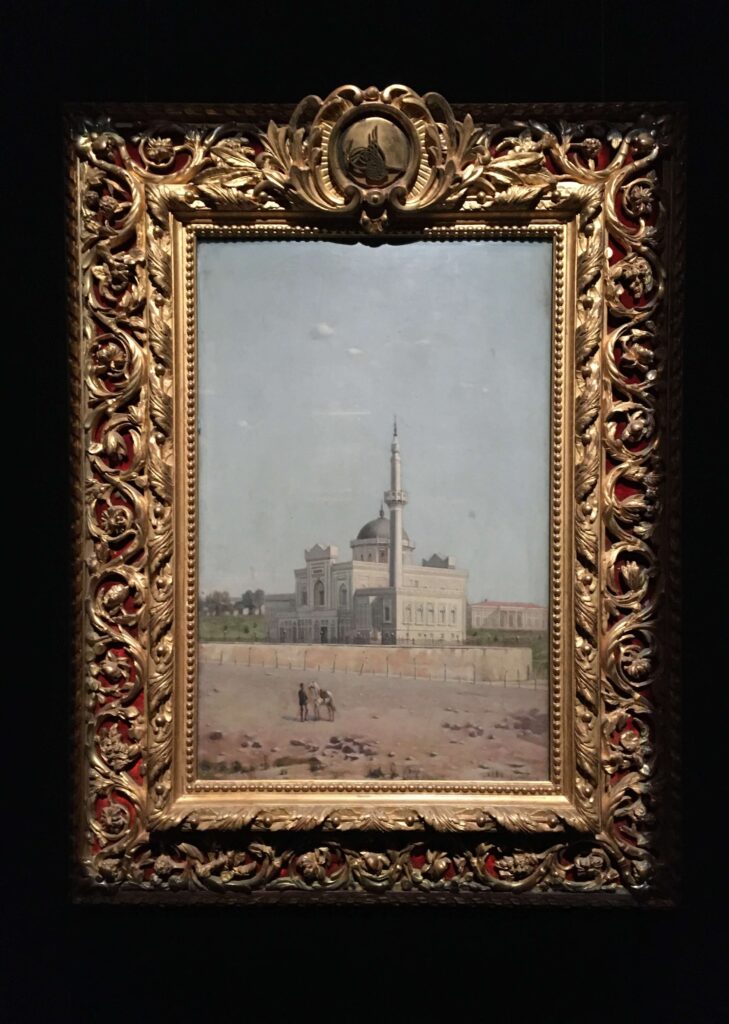
In between these two works by Garabed Balyan and a little bit off the track, is a mosque designed by Ottoman Greek architect Nikolaos Tzelepopoulos or Tzelepis, the Hamidiye Mosque. It was commissioned by Sultan Abdülhamid II and opened its doors for prayer around 1886. With its gothic windows, it brings to mind medieval buildings, some say even a church. But would the sultan who turned Islam nearly into a state ideology ever commission a church-like mosque? Similarly, would an Ottoman subject, a loyal employee of the Empire, ever dare to make a mosque look like a church?
Being Creative…
It is elsewhere that we need to look for answers… The late Ottoman period was a times of eclectic soul-searching for many in the Empire, not least its architects. They delved into sources that acquainted them with the history of architecture both in the Western and in the Islamic world, and fused their learnings into, among others, the mosques that they designed. This reflects the dynamism of a society, which – though territorially under threat – continued to create. Creation and creativity at the service of the state was, I believe, what made these Christian architects, Garabed Balyan and Nikolaos Tzelepopoulos or Tzelepis, design mosques. For the Ottoman Sultans Abdülmecid and Abdülhamid II this might have also been a creative act, one signalling their efforts to create a new society that would overcome some of its traditional ethnoreligious cleavages.
About a century after his Ottoman Christian predecessors, Frederich Silaban, an Indonesian Christian architect, designed the Istiqlal Mosque in downtown Jakarta. I do not know how this was made possible, but I find it interesting that Christian architects continue to design mosques around the world. Now I am curious to see if any Muslim architect has ever designed a church, or a Jew a church, or a Muslim a synagogue, and other such creative combinations…
If you wish to contact the authors of this article, please send an email to community@europeanheritagetimes.eu
